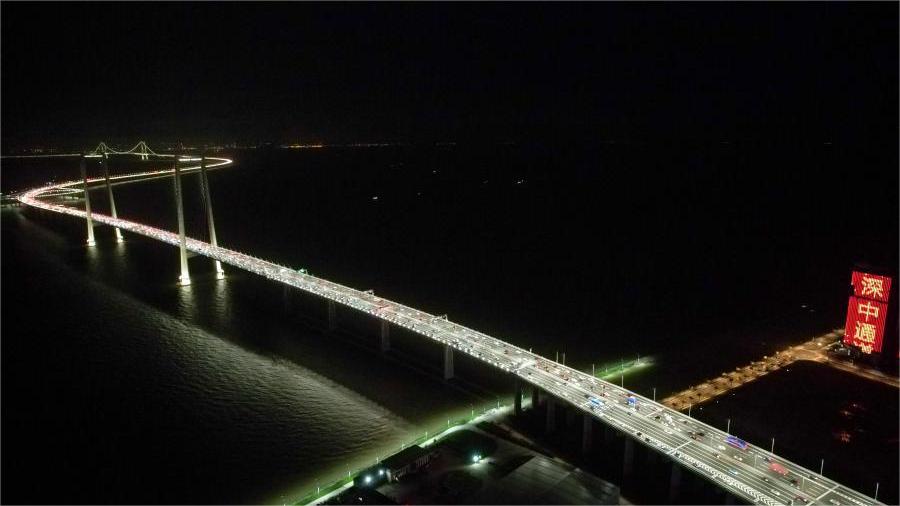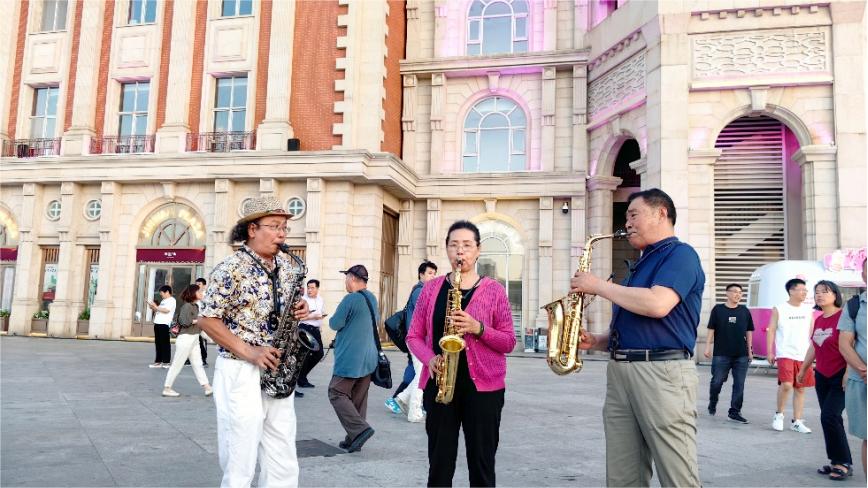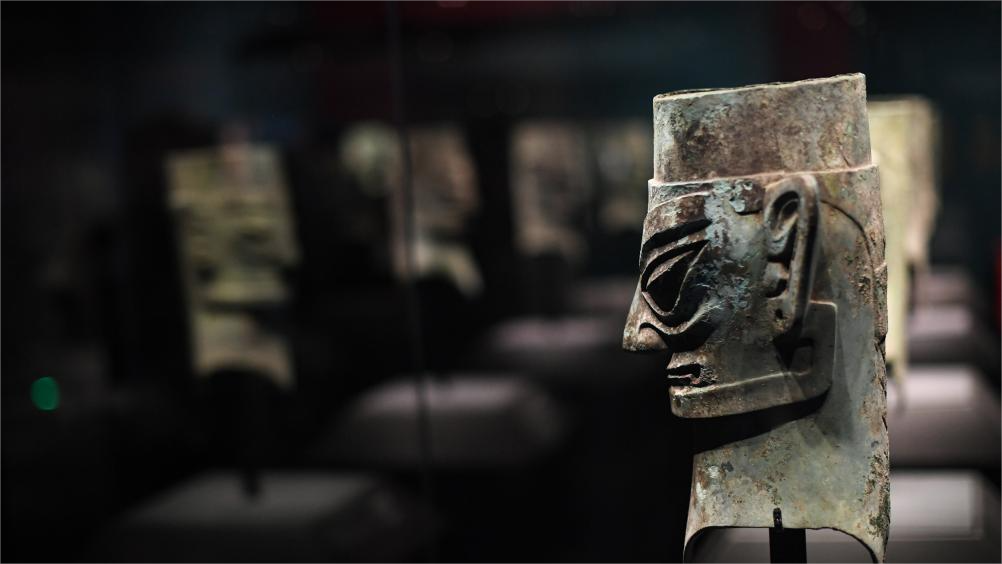China's Chang'e-6 mission achieves complete success
On June 25, the return capsule of China's Chang'e-6 lunar probe landed precisely in the designated area in Siziwang banner, north China's Inner Mongolia autonomous region, operating normally. It marked a complete success of the mission.
After its launch, the Chang'e-6 mission went through 11 flight stages in 53 days. It made key-technology breakthroughs in such areas as lunar retrograde orbit design and flight control, intelligent and rapid sampling, and takeoff and ascent from the far side of the moon. It also brought back samples collected from the moon's far side for the first time in human history, marking another milestone in China's space exploration endeavors.

The return capsule of the Chang'e-6 probe touches down on Earth in Siziwang banner, north China's Inner Mongolia autonomous region, June 25, 2024. (People's Daily Online/Wang Xiaobo)
What guaranteed the safe return of the Chang'e-6 probe was a series of technologies.
A researcher with the China Academy of Space Technology said that the return capsule of the Chang'e-6 travels at a very high speed from the moon to Earth. During the return process, it is necessary to moderate the deceleration of the capsule and ensure it exits the atmosphere at a specific location.
To this end, researchers conducted a large number of flight simulations and modeled millions of flight paths to refine the guidance, navigation, and control system. This ensured a smooth process and high precision in the return.
In addition to deceleration, the return capsule of the Chang'e-6 also had to tackle the challenge brought by high temperatures.
According to the researcher, despite its small size, the return capsule is exposed to high temperatures due to its fast entry into the Earth's atmosphere.
To ensure that the return capsule is resistant to both heat and erosion, the development team tailored a "super protective suit" for the capsule, drawing on the experience of the Chang'e-5 mission.
As planned, after the necessary ground processing work was completed, the recovered Chang'e-6 returner was airlifted to Beijing to extract sample containers and payload. The samples were handed over to the Chinese research teams at a ceremony held by the China National Space Administration (CNSA). The researchers will carry out the storage and processing of the lunar samples as planned and initiate scientific research work.
Following its contribution to the Chang'e-6 mission, the Queqiao-2 relay satellite will choose appropriate times to carry out scientific detection work. Its payloads, including an extreme ultraviolet camera, an array neutral atom imager and an Earth-moon very long baseline interferometry experiment system, will collect scientific data from the moon and deep space.
The Chang'e-6 mission carried four international payloads, including the lunar surface negative ion analyzer of the European Space Agency, France's lunar radon detector, Italy's laser retro-reflector, and a cube satellite from Pakistan. China has received high recognition from the international community for its practical and effective international cooperation.
Zhang Kejian, head of the CNSA, said that exploring the vast universe is a common dream for all of humanity, and only open cooperation is the right path. China's space endeavors will adhere to the principles of equality and mutual benefit, peaceful utilization, and inclusive development.
"We will continue to embrace openness and expand international cooperation channels. We will organize and carry out future major projects and missions, striving to expand human understanding and improve the well-being of humanity," he added.
Photos
Related Stories
- Bearing China's lunar exploration endeavors in mind
- China sets to expand int'l cooperation in lunar exploration missions
- Returner of Chang'e-6 lunar probe opened after arrival in Beijing
- Chinese scientists anticipate Chang'e-6 samples to unravel mysteries of Moon
- About China's lunar mission: Timeline of Chang'e-6 mission
Copyright © 2024 People's Daily Online. All Rights Reserved.









